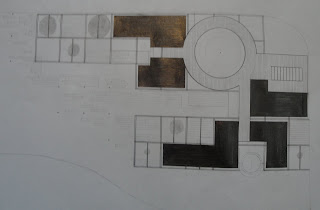Cottrell and Vermeulen
Cottrell and Vermeulen architecture practice is very diverse in their interests, which is very obvious in there work. They are interested in the built Environment landscape and new technology in design. However it is most obvious that there practice has an underlying hunger and willingness to learn and teach. A desire that is perhaps not seen in many architecture practices but is one that informs and inspires their designs. They aim to create a collaborative process rather than a preconceived product with the hope of creating architecture that imaginative, open and enjoyed. They have been involved in designing schools, where a very active role was taken to interact with the pupils to exhibitions where they worked with curators to form spaces to view art work in. I think that it is very obvious from Cottrell and Vermeulens work that this constant willingness to gain knowledge and pass it on somehow through their designs forces them to connect with both the client and the wider community.











